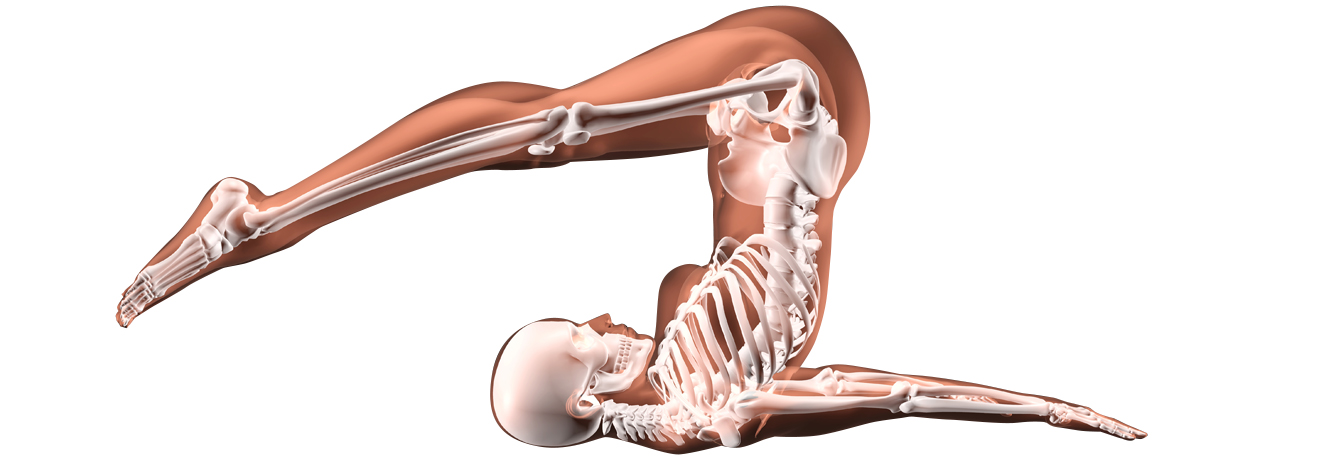When it comes to fretting over fat, we tend to start from the outside — focusing first on visible bulges, then the visceral fat around our organs, then the fat within organs and bloodstream. But there’s a deeper fat with dangerous consequences, within the marrow of our bones…fortunately new research shows how effective exercise can be in controlling it.
Our bodies are comprised of 4% marrow — the soft tissue where red blood cells and immune cells are produced. Too much fat in our marrow may play a role in increased risk of bone fractures among the elderly. Age — and certain kinds of medication — can prompt our body’s stem cells to start producing more fat than bone. Researchers at the University of North Carolina School of Medicine wanted to see how exercise might affect this process.
The study, published recently in the journal Bone, found that when mice ran on a wheel as much as they wanted, the amount of fat inside their bones decreased. When the same animals were fed the equivalent of a fast food diet — but were allowed to exercise as much as they liked — their bone fat increased only marginally more than non-exercising mice on a normal diet. Now, for humankind, free access to an exercise wheel and permission to “exercise as much as we like” might not prompt the same industrious and hence productive activity observed in this study. How much would we humans need to exercise to reap bone-fat-busting rewards? Researchers turn next to answering this question, which could prove particularly relevant for demographics at increased risk of fractures — diabetics, anorexics, the elderly, and those using steroids.
Meanwhile, there’s ample evidence that regular exercise — and a healthy diet — can help bolster bone health. Get calcium from healthy sources such as sardines, canned salmon, and hardy greens including turnip, collard and dandelion. Hold on to the calcium you consume by upping your intake of potassium from bananas, broccoli, spinach and lima beans. Key to bone health is vitamin K, top sources of which include kale, spinach, Brussels sprouts and Romaine lettuce. Not to be neglected is vitamin C, linked to increased collagen production, and supplied abundantly by strawberries, pineapple and kiwi.
Published September 1, 2014



